Ion Iliescu was born on March 3, 1930, in Oltenița, Călărași County. He is a Romanian politician known for his role in Romania’s political scene, especially after the 1989 Revolution. He led the National Salvation Front and sparked the first major controversies in Romania’s democratic history. He served as President of Romania in three terms: 1990–1992, 1992–1996, and 2000–2004.
Early Life and Communist Career
Iliescu graduated from the Polytechnic Institute of Bucharest as an engineer.
He began his political career during the communist era, joining the Romanian Workers' Party.
Initially close to Nicolae Ceaușescu, he was later marginalized and sent abroad as a cultural attaché in Iran.
Upon returning, he lived in the Jiu Valley, where he understood the miners' power—those he later summoned to Bucharest in 1990, triggering the first Mineriad.
Rise After the Revolution
In December 1989, Iliescu became a key figure in the National Salvation Front, which took control after the fall of communism.
On December 22, he read the Front’s statement on national TV, promising democracy, liberty, and dignity.
He was elected president of the FSN Council on December 27, and later of the Provisional Council of National Unity.
On May 20, 1990, he won the presidential election with 85.07% of the vote.
His term was marked by the University Square protests and the violent Mineriad of June 13–15, 1990.
First Presidential Mandates
Faced challenges transitioning to democracy and managing economic hardship.
In 1992, he won the presidential election against Emil Constantinescu with 61.43% of the vote.
A coalition government was formed, led by Nicolae Văcăroiu.
Major achievement: signing the EU Association Agreement in 1993 (effective in 1995).
Romania joined the Council of Europe and NATO’s Partnership for Peace.
Internally, the country faced economic decline, hyperinflation, and flawed privatizations.
Second Presidential Term (2000–2004)
Focused on Romania’s integration into NATO and the EU.
Revised the Constitution in 2003 to align with EU standards.
Romania joined NATO in 2004 and closed EU accession chapters.
The Social Democratic Party (PSD) was formed through a merger, led by Prime Minister Adrian Năstase.
The PSD government was accused of press censorship and corruption.
Economic growth continued throughout the term.
Post-Presidency and Legacy
In 2005, Iliescu lost the PSD presidency to Mircea Geoană but was named honorary president in 2006.
He remained a controversial figure—praised for guiding Romania through transition, but criticized for ties to the old regime and handling of civil unrest.
His role in the 1989 Revolution and Mineriads remains debated.
Accused of manipulating events to consolidate power and suppress opposition.
Economic policies were criticized for slow reforms and favoring former communist elites.
Alleged ties to the former Securitate fueled conspiracy theories.
Faced legal proceedings related to the Revolution and Mineriads.
Final Reflections
Ion Iliescu remains a polarizing figure in Romanian politics. For supporters, he was a stabilizing leader during a turbulent transition. For critics, he symbolizes continuity with the communist regime and obstacles to full democratization. His legacy continues to be analyzed and debated.





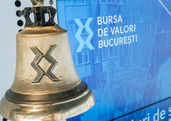
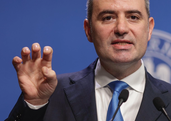
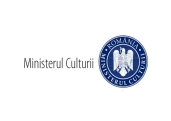
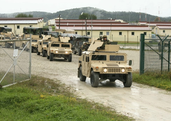

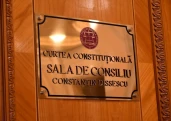

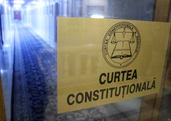

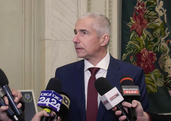
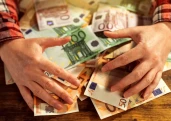
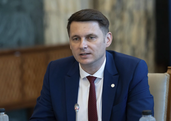
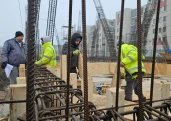






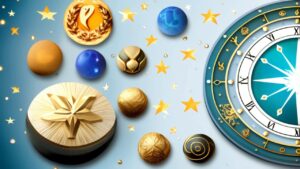
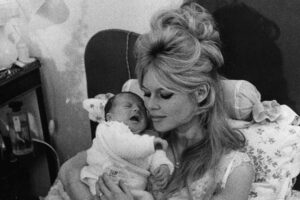






Comentează